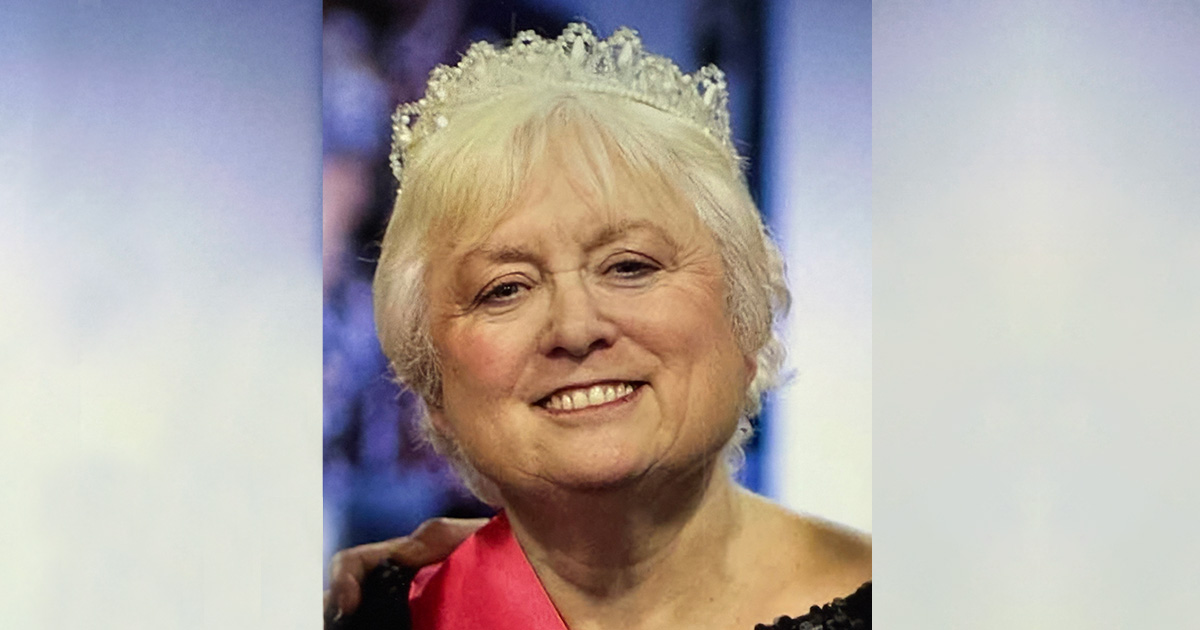Residential homes
Q Around 10% of the population of residential care homes have diabetes. How do we effectively monitor these individuals given that the staff in residential homes are often unqualified or untrained in diabetes care. Does anybody have any ideas or schemes that have worked?
Name and address withheld
A There is much data suggesting that the usual proportion of residents with diabetes in care homes is closer to 20–25%; this is certainly the case in our locality. It is quite likely that a care home that has a population with diabetes of around 10% contains a large number of undiagnosed individuals. Lack of a diagnosis can be resolved by monitoring – a simple finger-prick blood test, around 2 hours after a meal, may highlight a rise in blood glucose levels; even urine testing 2 hours after a meal may indicate a high level of glycosuria, which may then be a sign of the need for further investigation.
For individuals in care homes who do have diabetes, a major issue is chronic hypoglycaemia, rather than expected hyperglycaemia; the former can affect an individual’s ability to carry out basic daily activities. This chronic hypoglycaemia may result from weight loss due to better-quality food, rather than the snack foods that may have been eaten prior to moving to the care home. If weight is lost but the blood glucose lowering regimen is not adjusted in line with this, then over-medication, and therefore hypoglycaemia, results. Often, older people do not develop warning signs of hypoglycaemia due to a reduced neurological response, and so it remains unnoticed. They are, of course, still hypoglycaemic, and if not corrected this can result in the person remaining hypoglycaemic for a good deal of time. This may result in the inability to carry out the normal activities of daily living.
It is worth remembering that many residents may well have more than one long-term condition, so there could be many concomitant factors, and individuals may well be asymptomatic. Education, not only for the people with diabetes but for care home staff also, is of paramount importance: there is never an excuse not to provide educational opportunities for those delivering diabetes care. Care home staff are, in general, very keen to improve their knowledge and those who are interested will come to study days on their days off, as homes are unlikely to offer pay for attendance. Locally, we have had much success delivering education for this group by using the DESMOND programme, and are planning to use conversation maps in the near future.
It is important to engage with the care home manager, and if they are not ready to see you on the agreed date, then simply re-book at a time more convenient to them. Education must include practical aspects, such as what to look for on feet, and why you are looking for it. If people with diabetes are included in these discussions it gives them the opportunity to highlight concerns with their care that may have been overlooked by staff. Remember, all care homes, whether nursing or residential, require the same intervention. It is not the fault of the staff that they don’t know what they don’t know! Training at every level is essential to improve the quality of care being delivered to people with diabetes in care homes.
Fiona Kirkland, Consultant Nurse for Diabetes, South Staffordshire PCT





NHS England to allow weight-loss injections for prioritised patient cohorts from late June.
5 Apr 2025